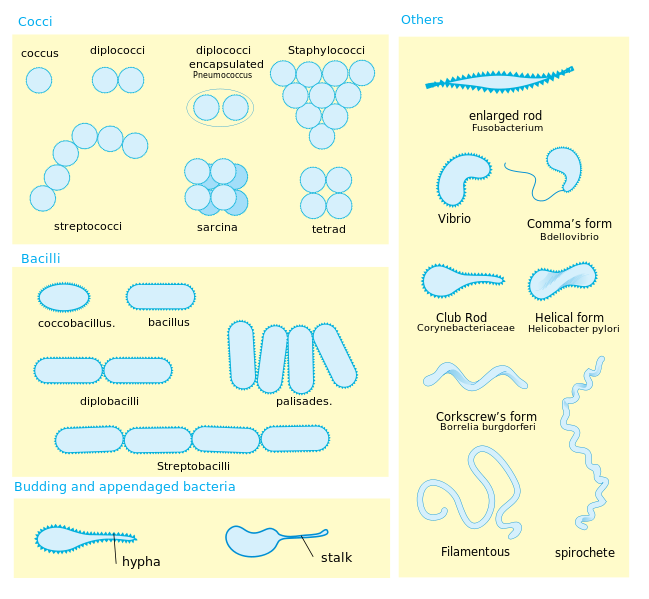The 11 Most Common Places for Germs; Part 2
Bacteria Dangerous to Children May Be Lurking where You Least Expect It
Copyright © Kelly Smith, all rights reserved; content may not be copied, rewritten, or republished without author’s written permission; Author’s Google profile; Posted December 19, 2012.

Kid’s behaviors are famous for inviting germs. They bite their nails, pick their cute little noses,and wipe their runny noses with their hands. To compound the problem, most don’t wash their hands as well or as often as they ought to.
In Your Pet Areas
Of course your pets and your children are tight buds. Unfortunately, your pets harbor and can share bacteria, viruses, and parasites to children through their waste, saliva, or dander.
Pet toys and bowls are often a notorious source of coliform. This a class of bacterium that includes salmonella and E. coli. Children should always wash their hands after they play with pets or pet toys, dishes, or contact their food.
Inside the Refrigerator
Many people think that because the fridge is cold it is immune to bad actors. But the truth is that open condiment containers, leaky meat packages, and spoiled milk can all harm your child.
Some of these bad actors include salmonella, campylobacter, and norovirus. These can produce an upset stomach as well as diarrhea. To guard against contamination, be sure to properly store food that goes off easily.
Make a periodic habit of washing and disinfecting your refrigerator walls and shelves regularly.
All Your Floors
Gravity being what it is, floors are rife with food spills, grease, as well as human and pet traffic.
Kitchen floors particularly can be cheesy places to play. However, other floors in your home can present problems as well. Carpet, hardwood, and laminate floors may be covered in dust mites, mold, food particles, outside dirt, and even bits of insects.
All of these substances can trigger allergies and asthma attacks. Classes of fungi that are responsible for athlete’s foot and ringworm may also be present.
All over Your School
As if you didn’t suspect it! There was a study performed in two Michigan schools during 2006 that discovered approximately 800 X more germs on classroom water fountains than on toilet seats!
Contrary to common logic but true. Possibly this was due to more antiseptic cleaners being used more diligently in the bathrooms. Plastic cafeteria trays were another class of bad actors.
Not surprisingly, another study determined that grade-schoolers’ number absent cases due to illness were halved in the cases when students utilized hand sanitizers and when specific spots like desktops were disinfected by the cleaning staff daily.
The Sandbox
The simple sandbox is one of childhood’s greatest pleasures, and one of the safest ones in terms of things like broken bones. But... It turns out the sandbox in your backyard or park contains more than simply innocent sand.
In 2010 an investigation found that sandboxes actually contain the most elevated level of bacteria in the playground, approximately 7,440 per square inch.
These critters derive from animals such as cats and raccoons as well as kid’s saliva, hands, food, and, of course, diapers. We know that not all germs are detrimental, but where there are plenty of bacteria, it is quite probable that many are.
Do you know of any other surprising places for germs? Feel free to share them with our readers in the comment box below!
More Health and Wellness Articles
- Inexpensive Methods to Help You Stay Healthy and Fit
- The Facts on Performance Enhancing Supplements Marketed to Runners
- Maintaining an Eco-Friendly Oral Hygiene Routine
- How Peanut Allergy Affects Children
HTML Comment Box is loading comments...

